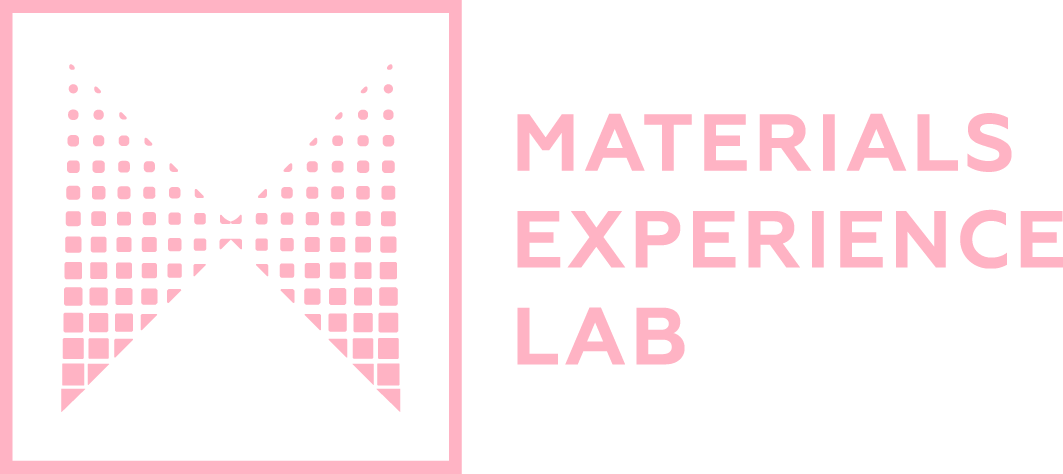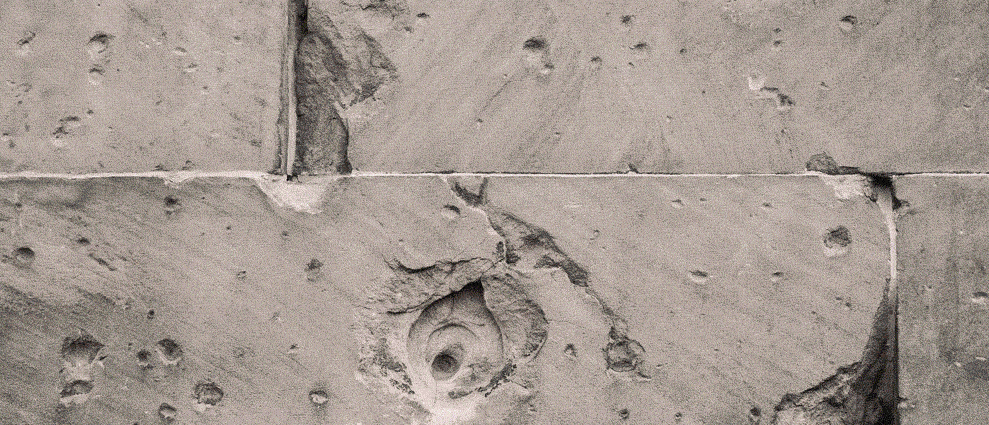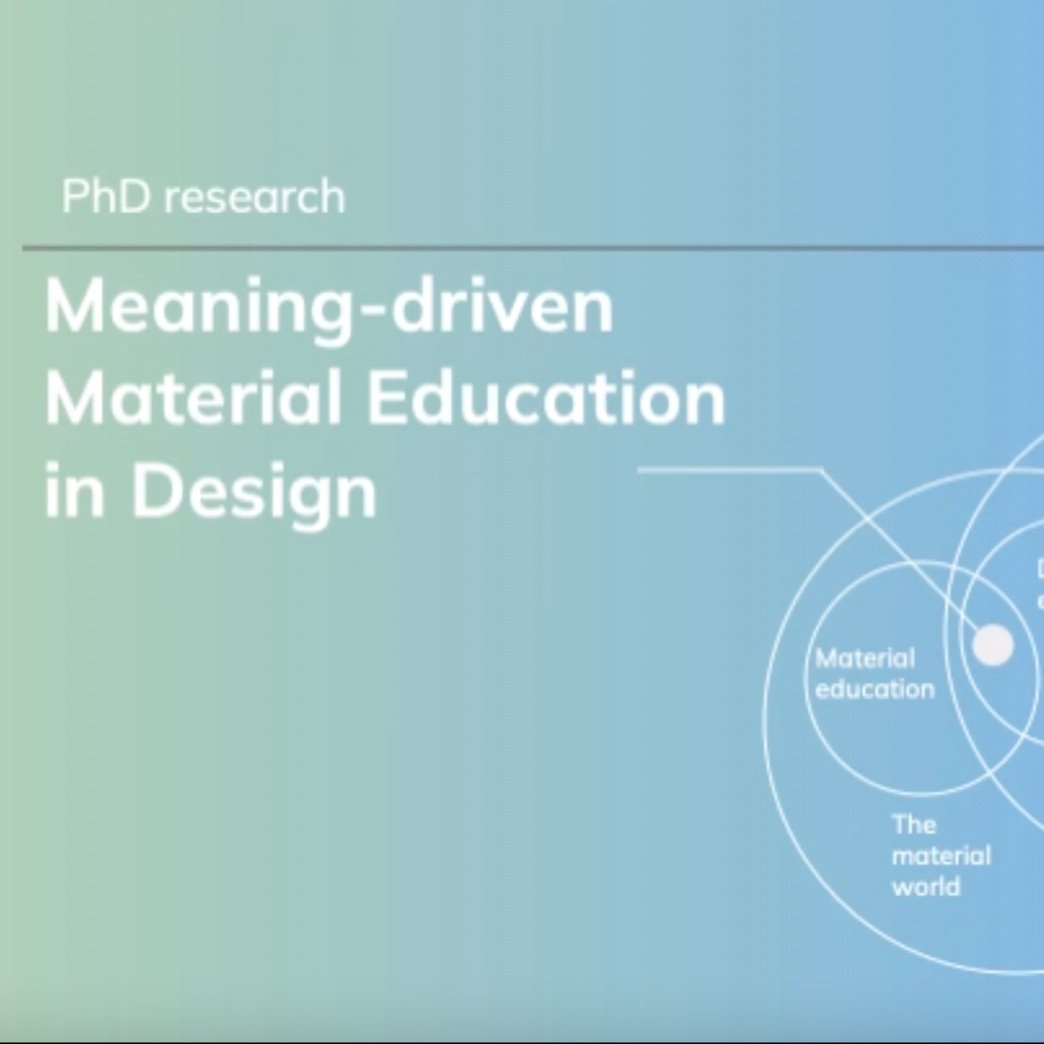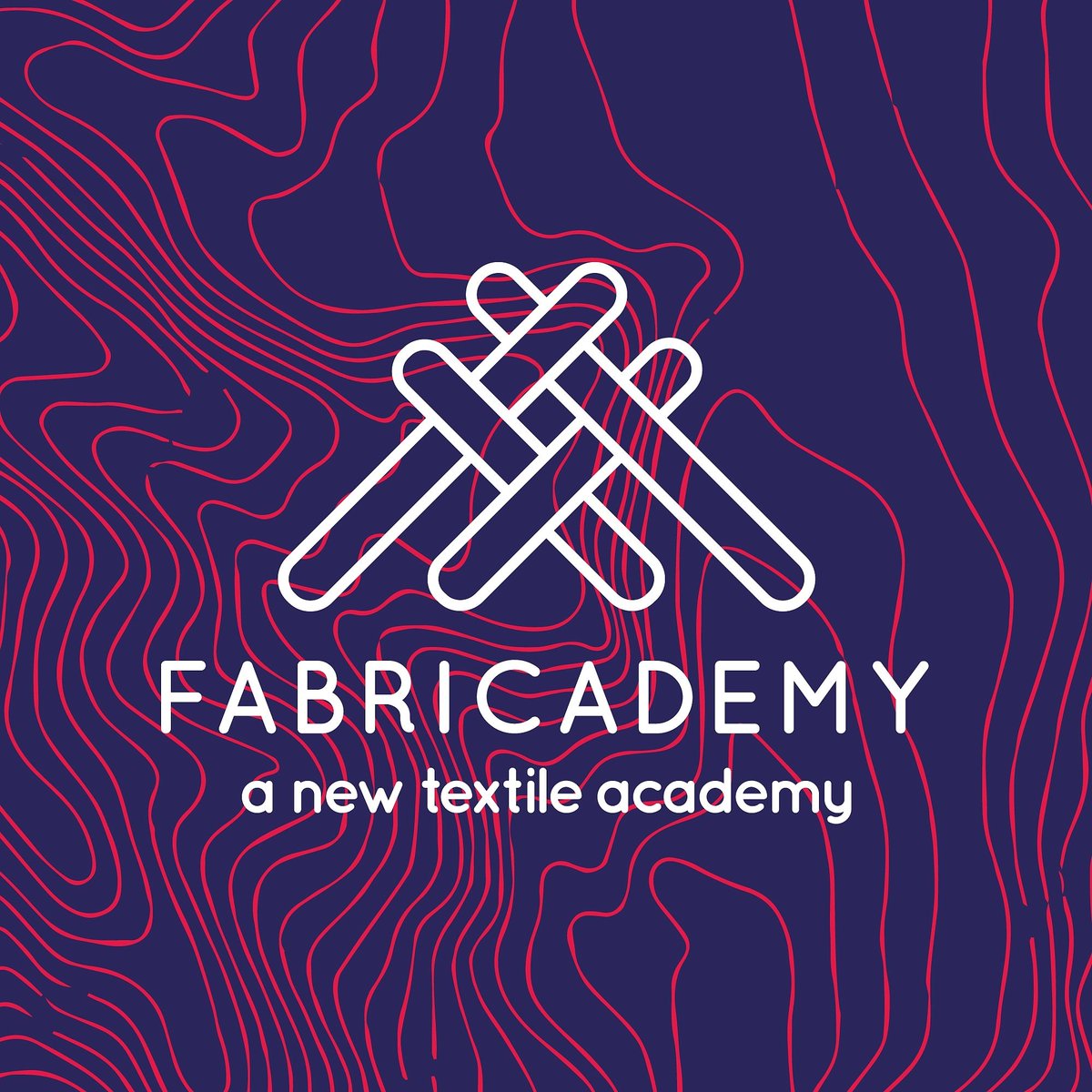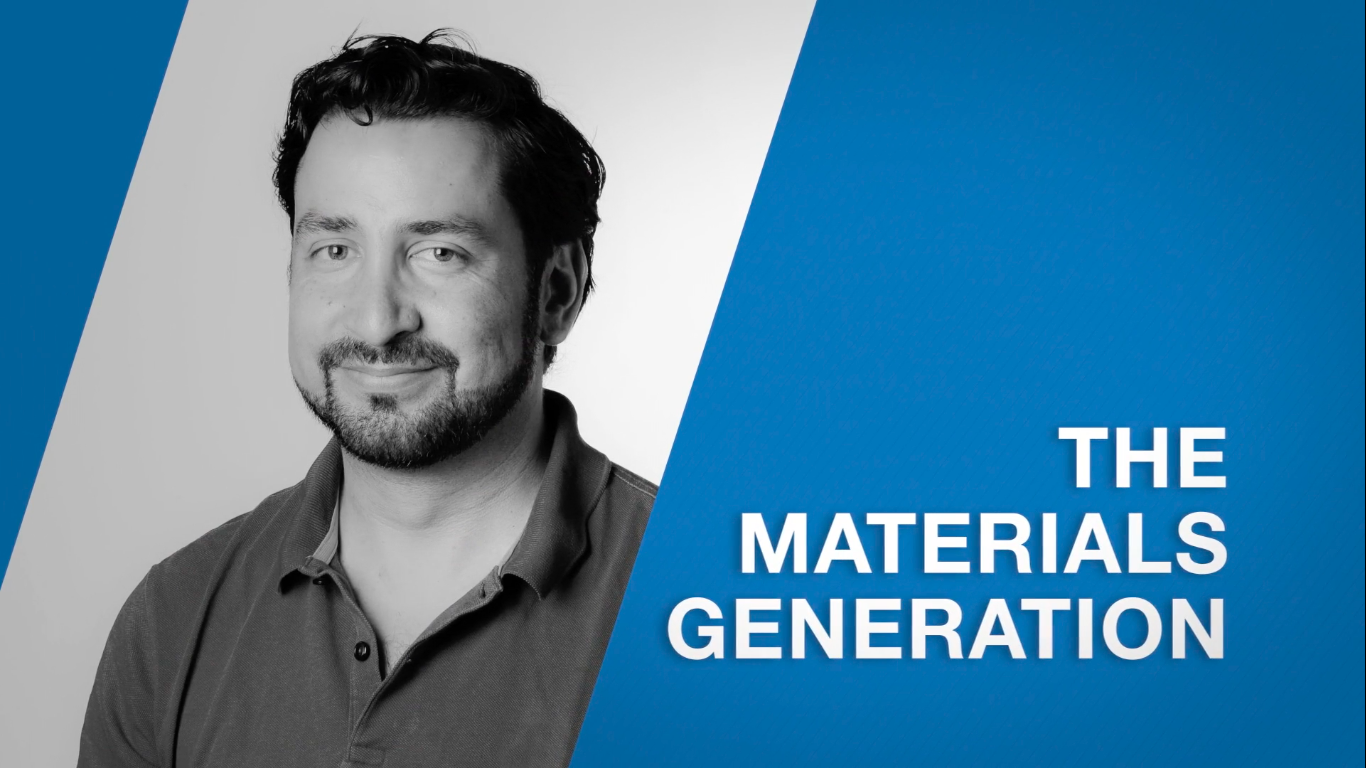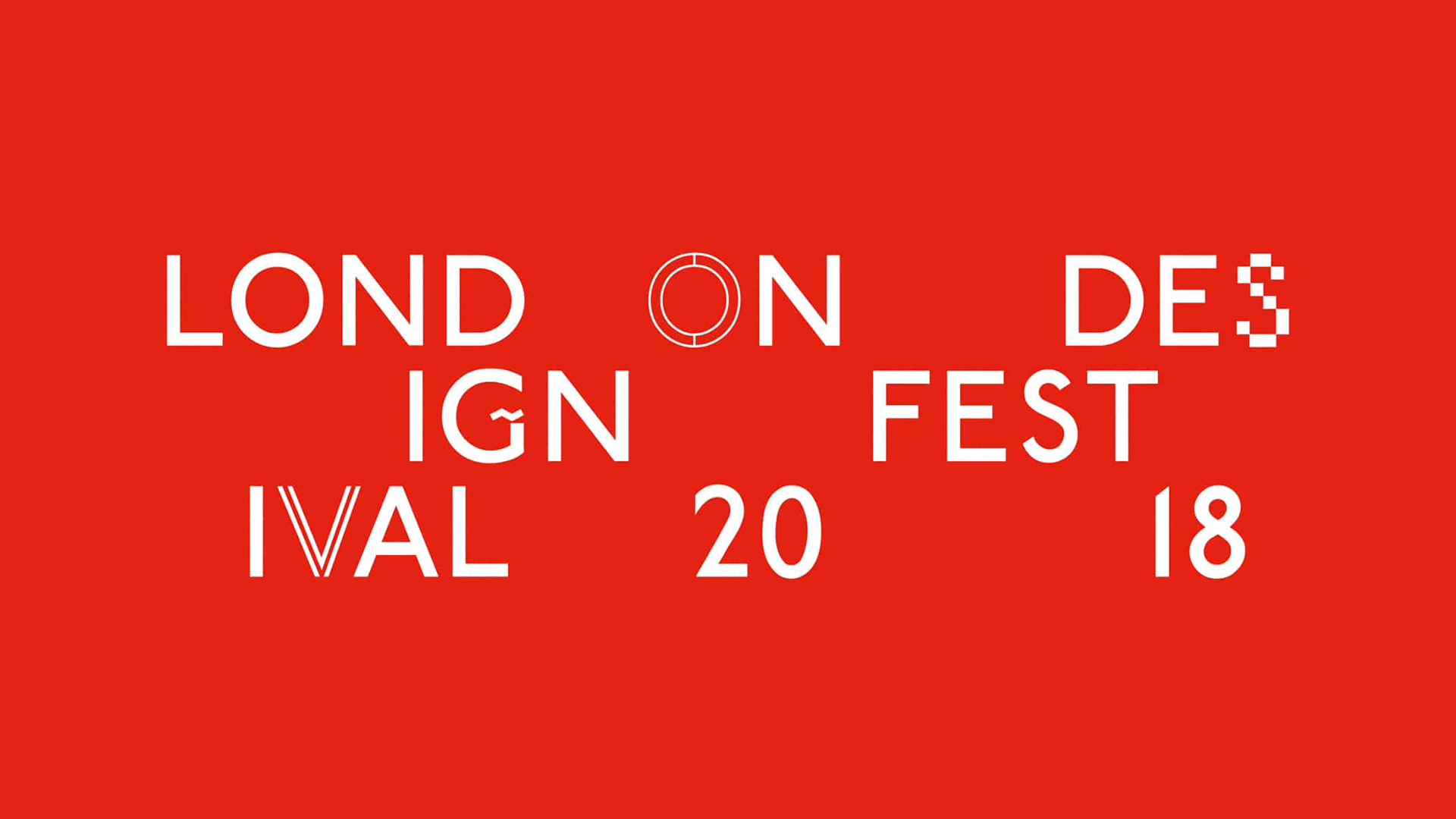Material is a Medium. It communicates ideas, beliefs, approaches; compels us to think, feel and act in certain ways; enables and enhances functionality and utility. Materials Experience emphasises this role of materials as being simultaneously technical and experiential.
News & Events
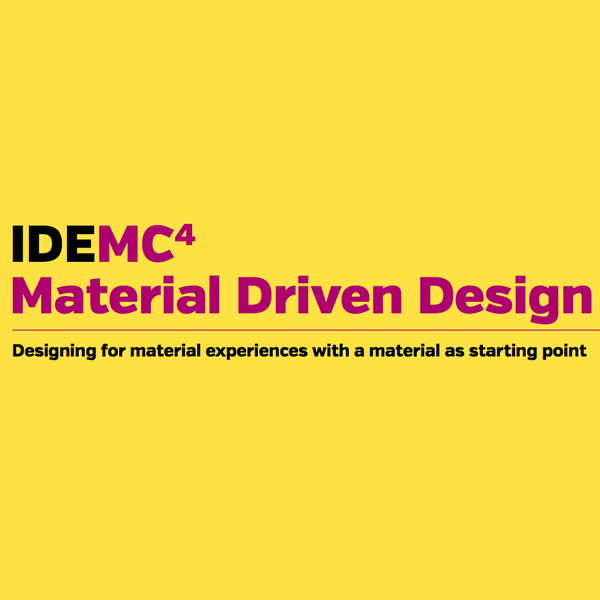
MDD Master Class for Professionals
